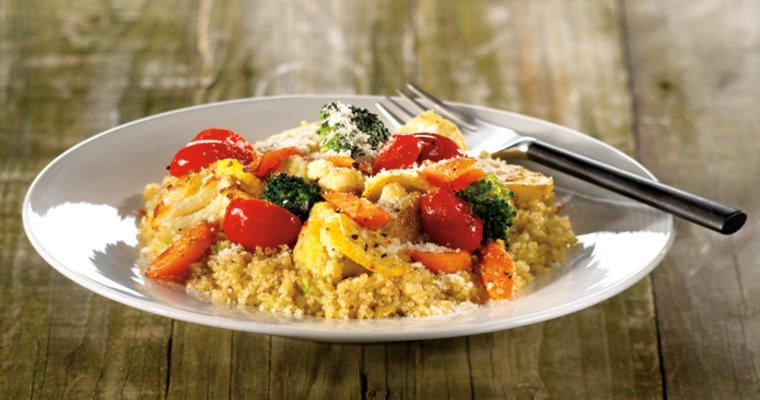In light of the gluten-free craze and healthy food trends, this is a good time to review the popularity and nutritional profile of “super grains”, such as quinoa and amaranth.
Wheat has long been a staple of a global diet and is one of the top three most-produced crops in the world, along with corn and rice. However, the past few years have shown a spike in individuals sensitive to or intolerant of gluten—a protein found in wheat, rye, and barley.
Ancient Grains Nutritional Profile
Consumers are seeking variety, flavor, and a healthy starch alternative. The once standard gluten-free grain replacements of rice, uncontaminated oats, and corn now share the spotlight with “super grains” such as quinoa (“keenwah”), amaranth, millet, sorghum, and teff. Referred to as ancient grains, these grains have been around for centuries, and are gaining popularity and becoming food trends not only for being gluten-free, but also for their “super” nutritional profile and related health benefits.
Whole grains
Whole grains are good sources of B vitamins— thiamine, riboflavin, niacin, and folic acid among them—which play an important role in cell metabolism and blood cell production. Whole grains are defined as having 100 percent of the original kernel present—all the bran, germ, and endosperm. If the grain is processed, then the food product should supply the same nutrients as the original grain seed.
Amaranth
Amaranth contains lysine, an essential amino acid that plays a major role in calcium absorption, building muscle protein and aiding the body’s production of hormones and antibodies.
Teff
Teff, a gluten-free, mild-flavoured grain that comes in a variety of colors, also packs a serious nutritional punch, offering abundant protein, calcium, and iron. It is most commonly used as a wheat-flour substitute in baked goods, but also may be used to thicken foods such as soups and stews.
Quinoa
Quinoa’s nutritional value meets the gold standard for gluten-free grains. Quinoa is probably the most mainstream ancient grain because of its versatility in cooking and its overall taste acceptance.
This super grain truly sets itself apart by being a complete protein, meaning it contains all nine of the essential amino acids in adequate proportions, something typically found only in proteins from animal products. This makes quinoa a must-have for vegetarian and vegan diets. It also contains monounsaturated fats, often referred to as “good fats,” which are “heart-healthy” because of their ability to reduce LDL cholesterol. In addition, quinoa is rich in manganese, magnesium, iron, copper, phosphorus, and various phytonutrients, and is also a good source of fiber.
Quickly becoming a food trend at many restaurants, quinoa is commonly used not only as a replacement for rice in grain dishes and salads, but also can be a hot breakfast cereal and a gluten-free coating for meats.
Food Safety Considerations
When preparing and serving any gluten-free items, it’s imperative to follow the rules of food safety, especially concerning cross-contact. Always use separate serving and preparation utensils; if you have the space, prepare gluten-free food in a separate area to ensure the product remains gluten-free. For example, not using a separate toaster can cause reactions to those intolerant to gluten. If gluten-free preparation will require a longer-than-usual wait for an order, be sure to have servers inform guests ahead of time.
While it’s true that the pursuit of healthy foods is not the No. 1 reason consumers go to restaurants, diners are increasingly interested in greater variety, having more choices, and offering gluten-free choices can be a point of competitive differentiation. It’s something your customers will notice, appreciate, and remember when deciding where to dine out.

























